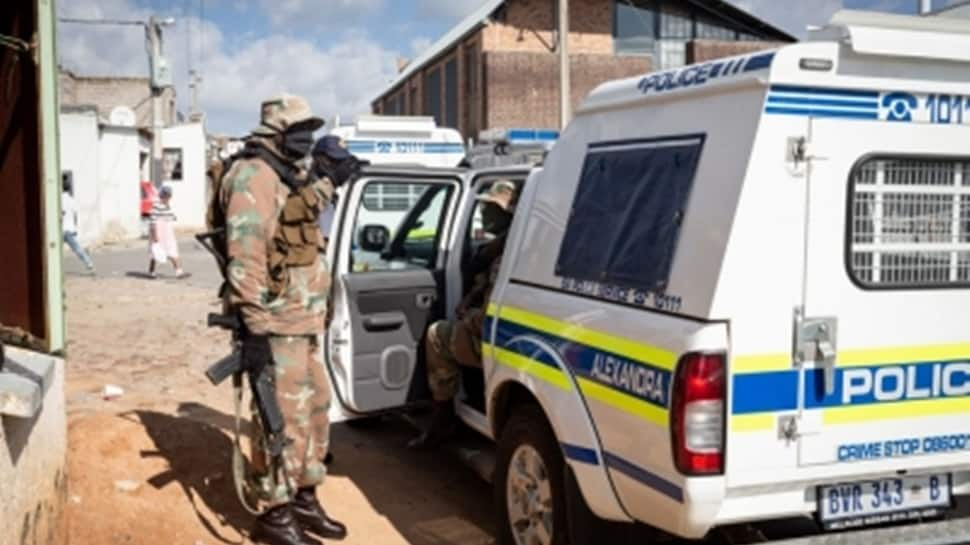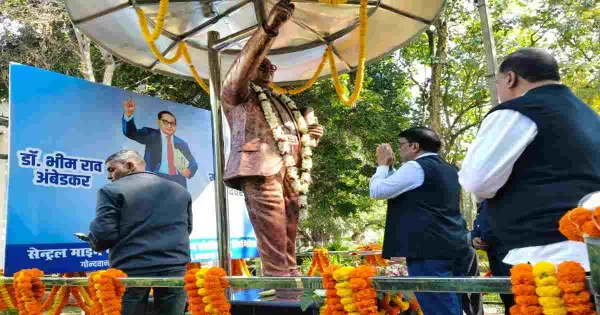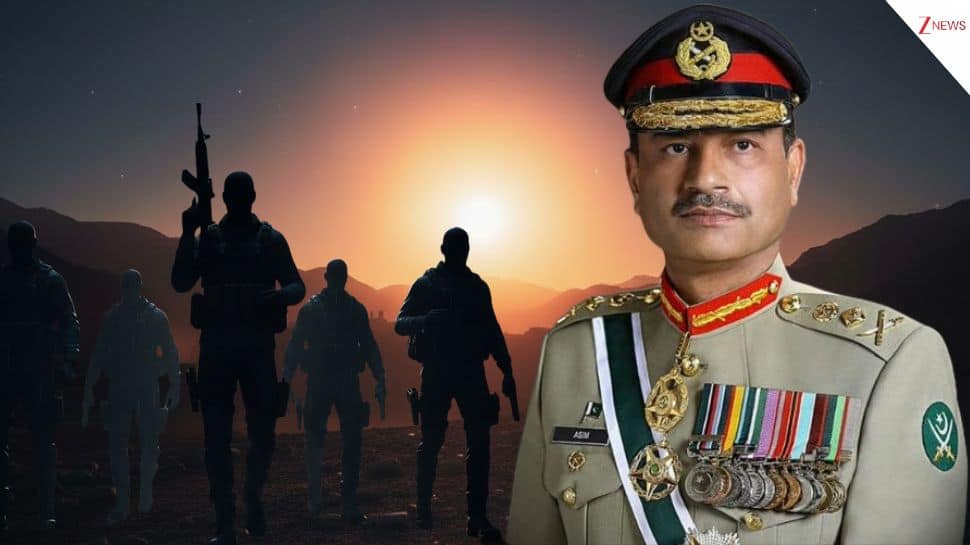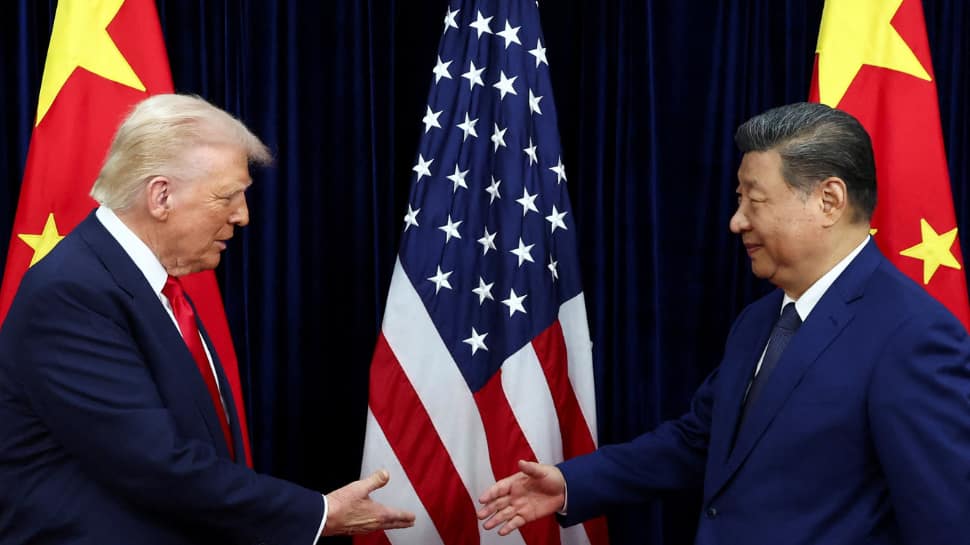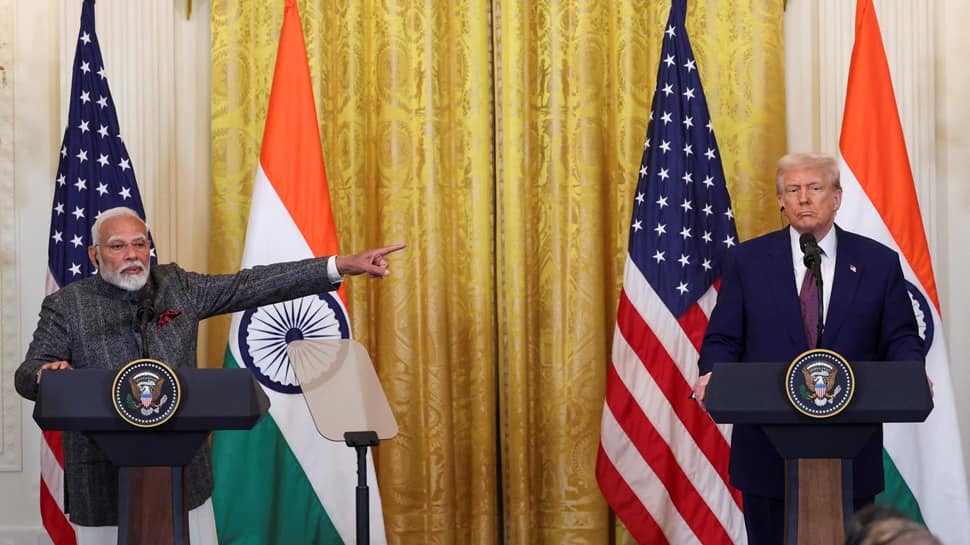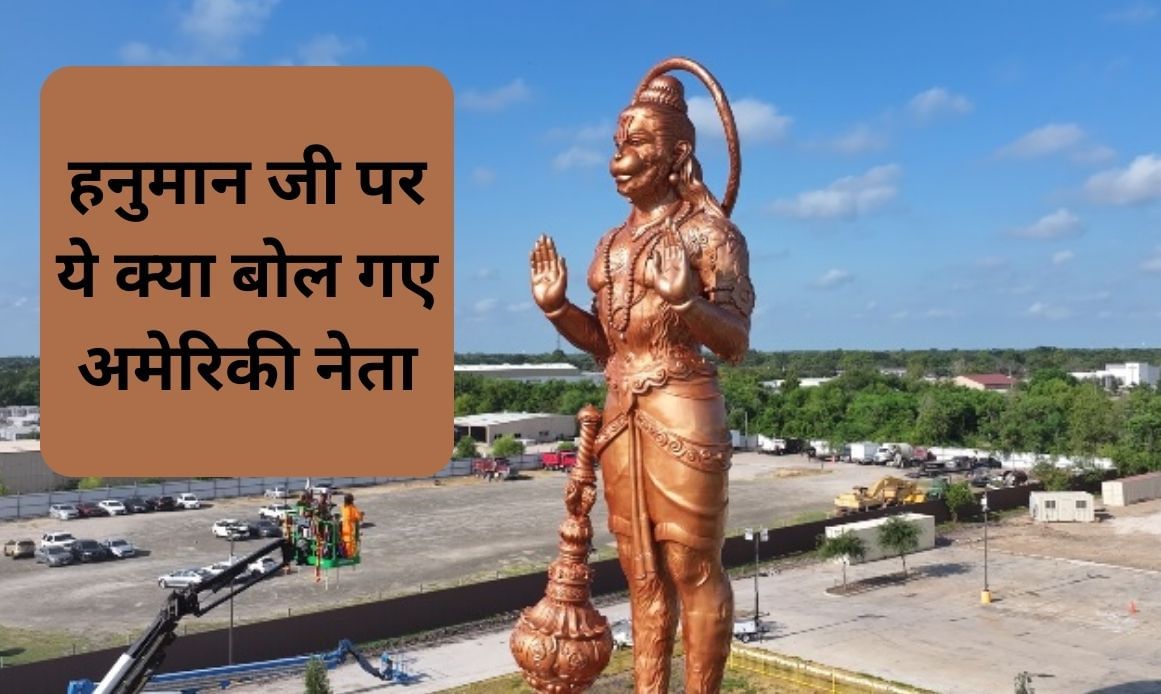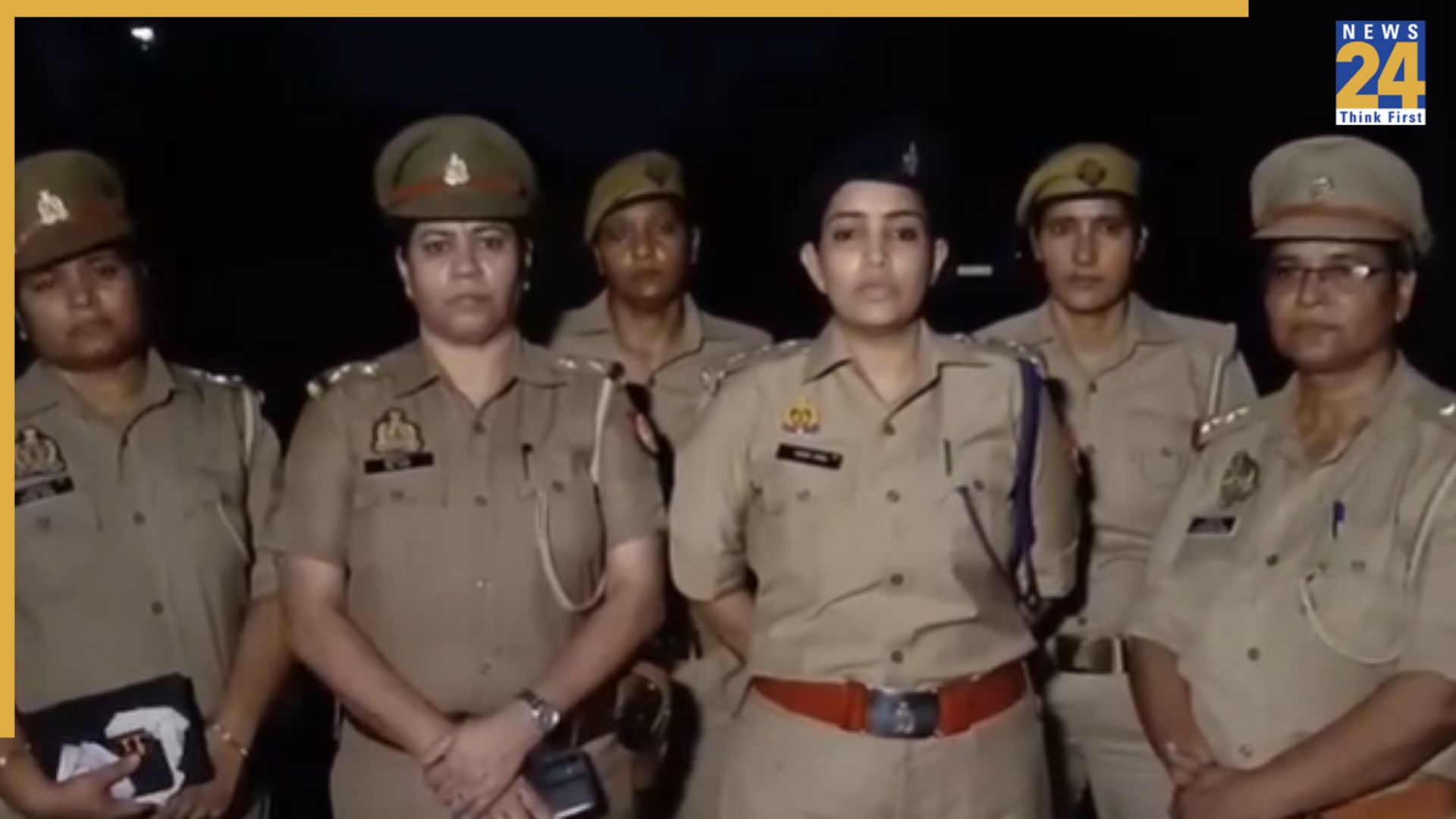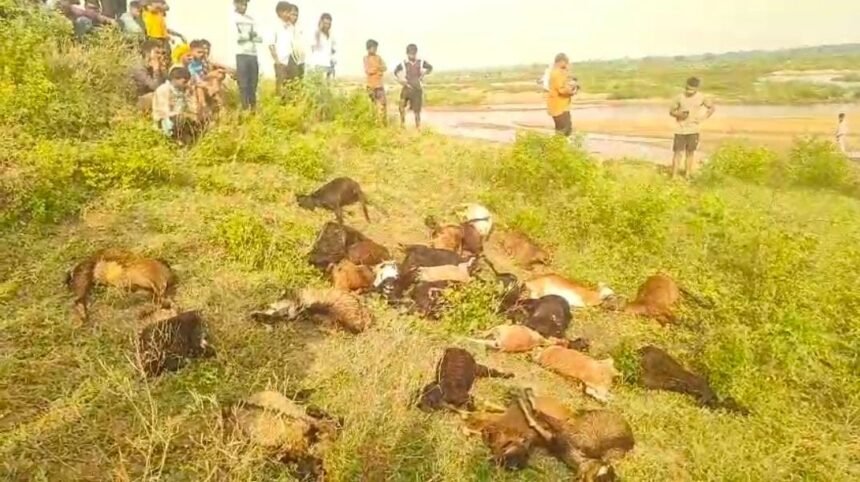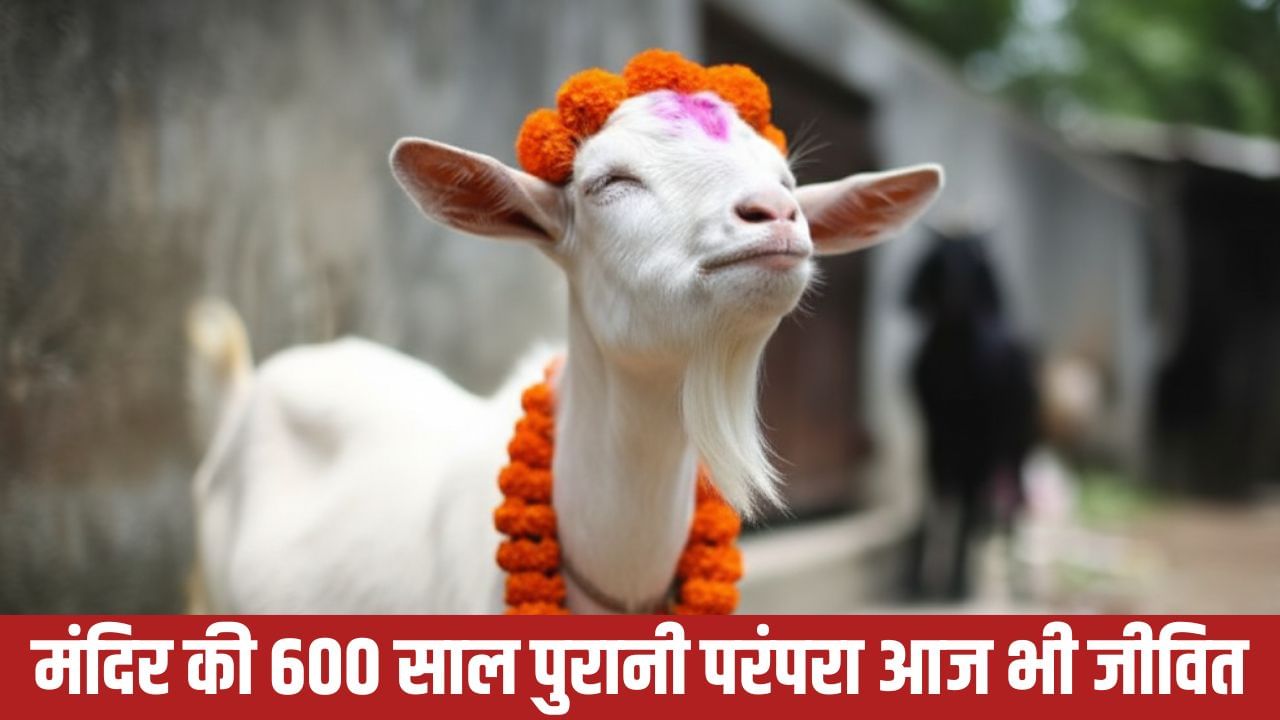Subscribe to Updates
Get the latest creative news from FooBar about art, design and business.
Browsing: China
Tata Motors has reported that it is not currently experiencing any supply chain disruptions due to recent rare earth metal export restrictions.…
Chinese Student Sentenced to 24 Years for Drugging and Raping Multiple Women in UK and China
Zou Zhenhao, a Chinese student, has been sentenced to a minimum of 24 years in prison for a series of offenses including…
China, a dominant force in the global electric vehicle (EV) market due to its control over rare earth metals essential for battery…
The G7 Summit, currently hosted by Canada, faces scrutiny regarding its global influence. The summit, bringing together major economies like the US,…
The Washington Post’s internal email system has been compromised in a cyberattack, believed to be orchestrated by a foreign government. The hack…
Vietnam Navigates US Trade Pressure Amidst Reliance on Chinese Tech for Apple and Samsung Exports
Vietnam, a burgeoning tech manufacturing hub, faces escalating pressure from the United States to reduce its reliance on Chinese components in electronics…
China has expressed its appreciation for India’s swift and professional rescue efforts following a fire and explosion aboard the cargo ship MV…
China Applauds India’s Quick Action in Rescuing Crew from Burning Cargo Ship off Kerala Coast
China has expressed its appreciation for India’s swift and professional response in rescuing the crew of the MV Wan Hai 503, which…
In an interview with Le Figaro, External Affairs Minister S. Jaishankar reiterated India’s stance on terrorism, Kashmir, and global affairs. He emphasized…
Waxington Dc: Us Secretary of State Marco Rubio on Wednsday Said That The Us Will Begin Revoking Visas of Chinese Students, Including…
Operation Sindoor: With each passing day, new details of Operation Sindoor are emerging, showcasing India’s technological superiority over Pakistan and its air…
Beijing: Nine People Died, One was Missing, And 70 Were Injured after Four Tourist Boats Capsized Due to Sudden Gales on a…
'Direct support to Pak…', Foreign affairs expert analyses China’s role in wake of Pahalgam attack
'Direct support to Pak…', Foreign affairs expert analyses China’s role in wake of Pahalgam attack
The Pahalgam attack on April 22, 2025, which killed 26 people, mostly tourists, in Jammu and Kashmir’s Baisaran Valley, has left India…
New Delhi: The Ministry of Electronics and Information Technology (MeitY), along with the Survey of India (SoI), has directed US tech giant…
Beijing/Hanoi: Visiting Vietnam to Enhance Political and Trade Ties AMID A Major Tariff Row With The Us, Chinese President Xi Jinping Monday…
